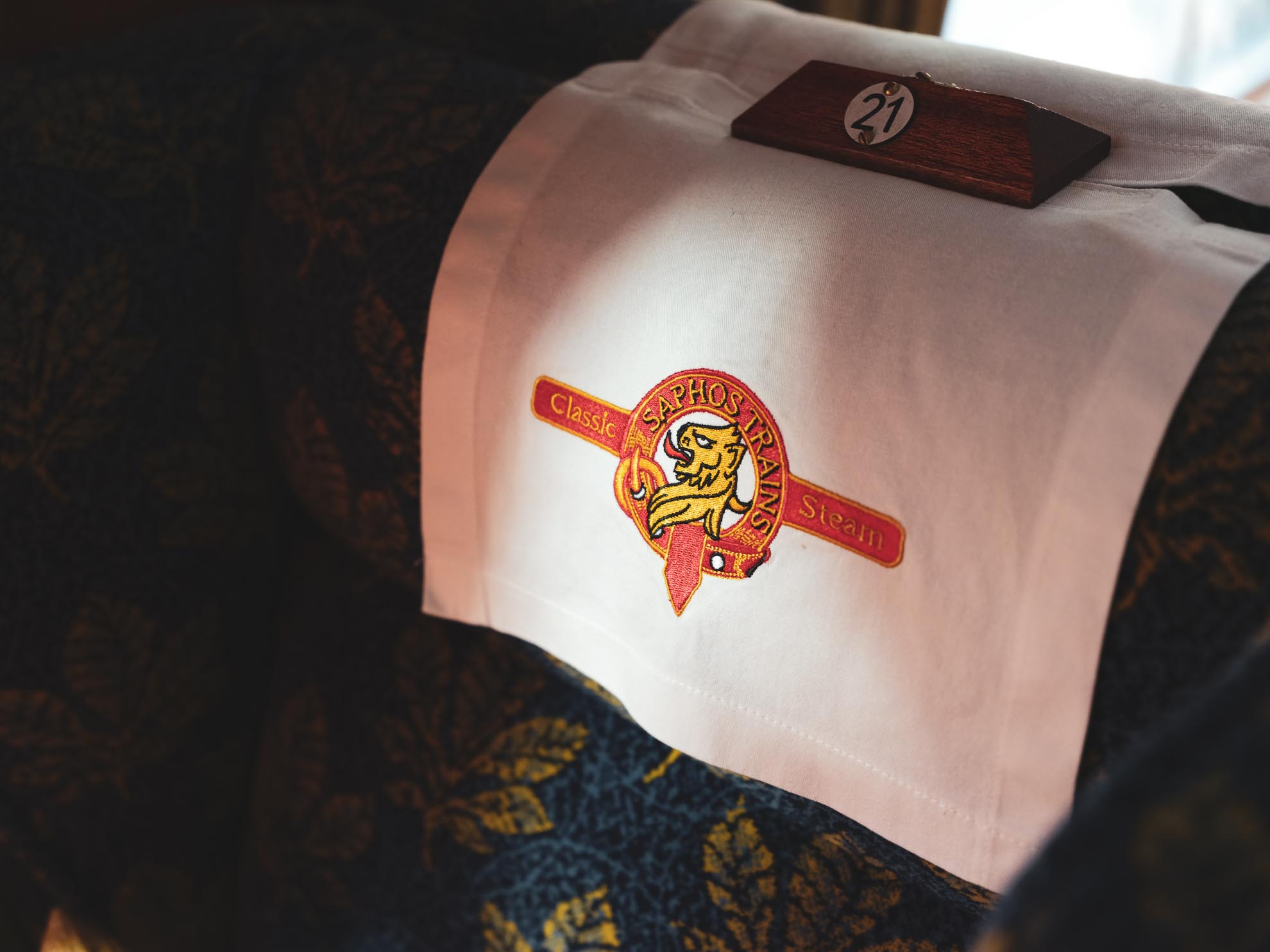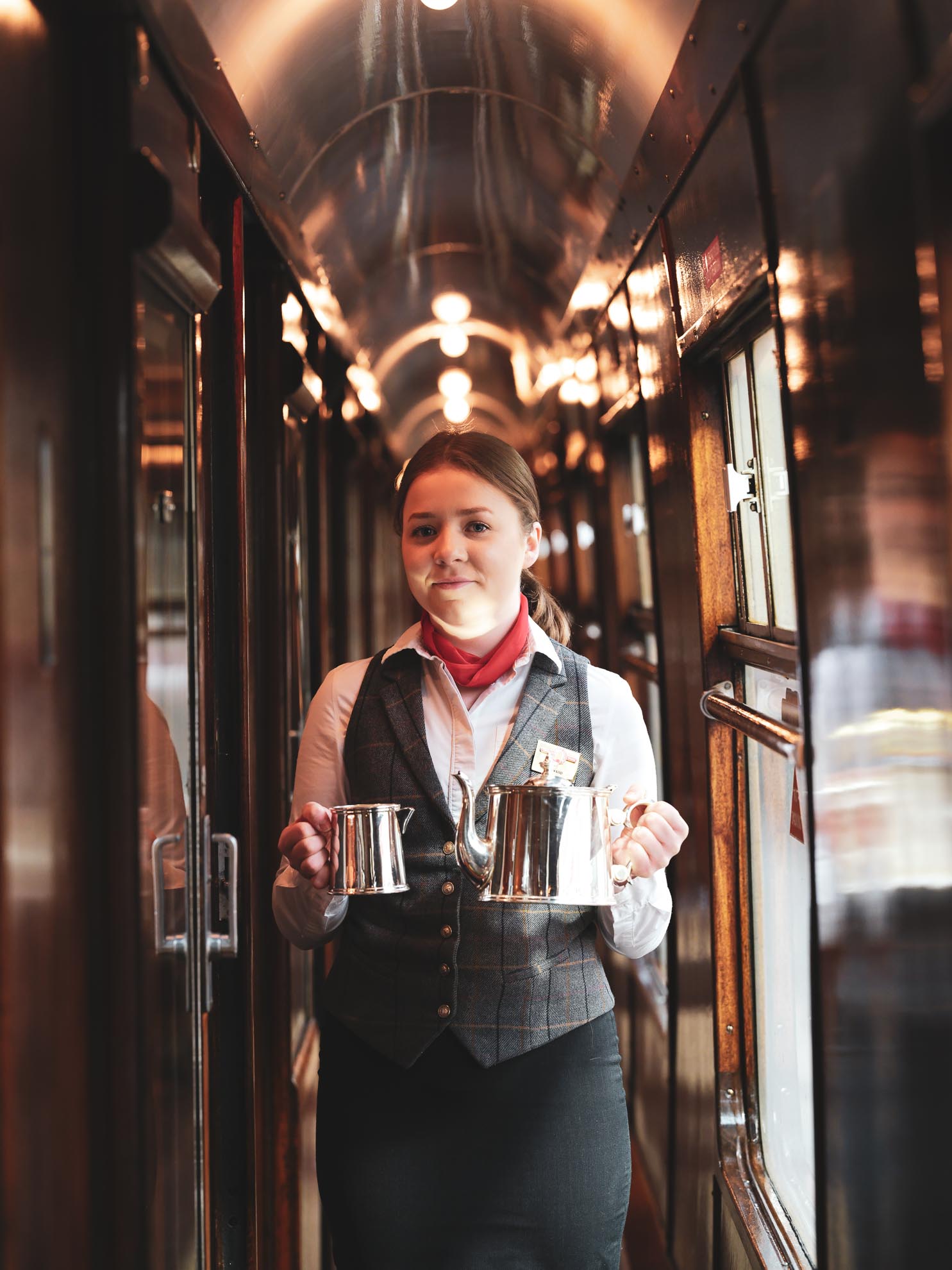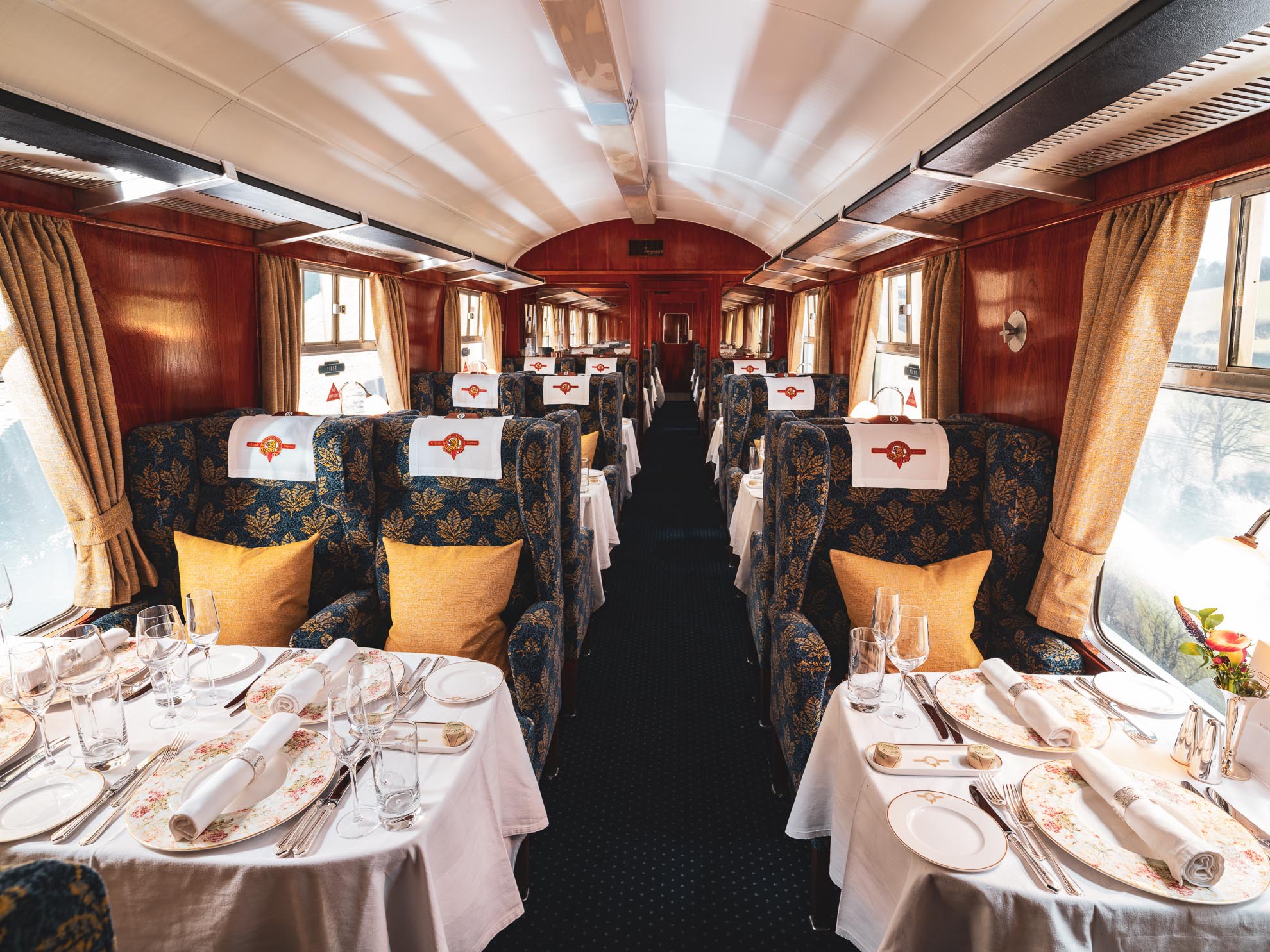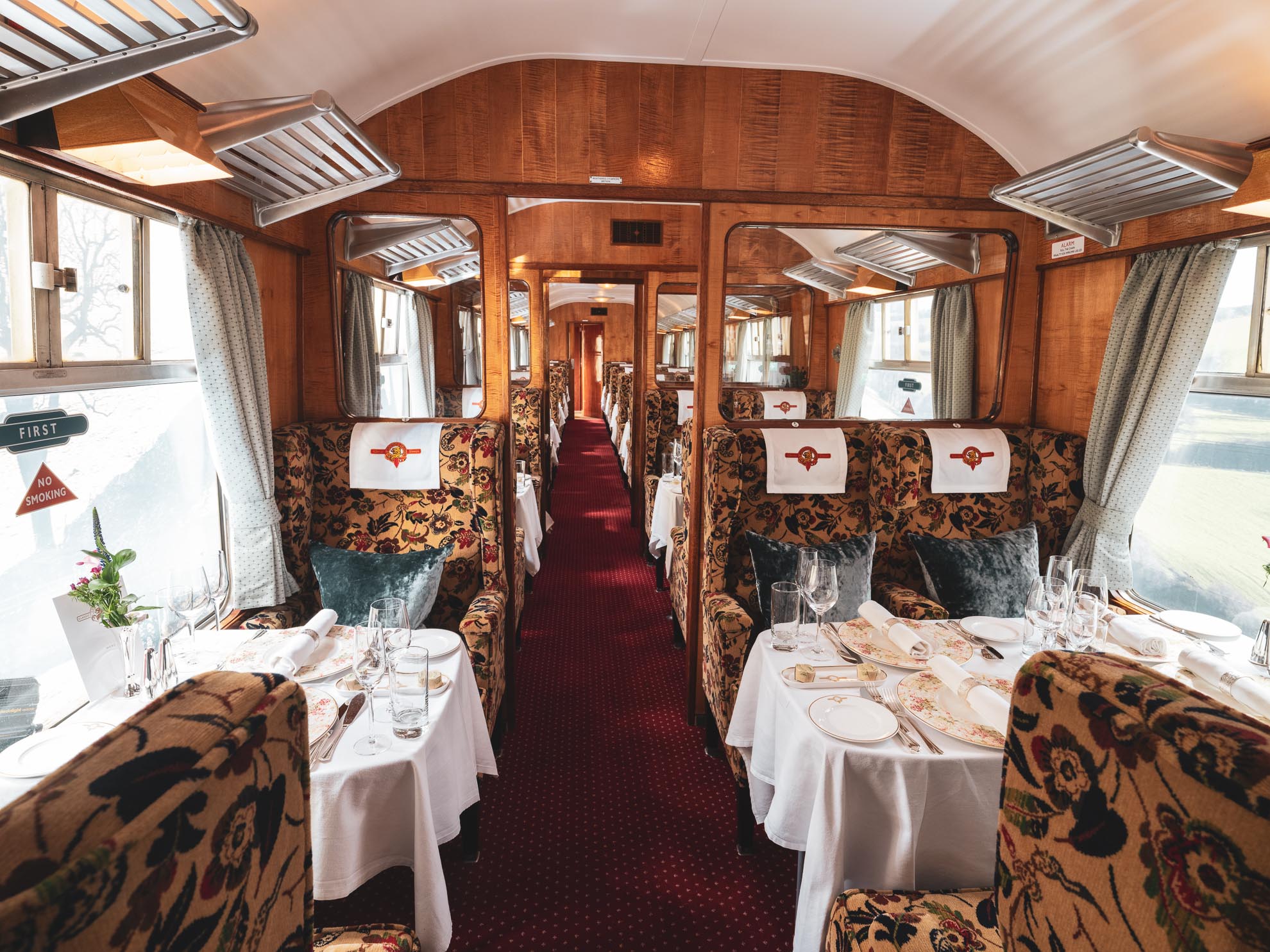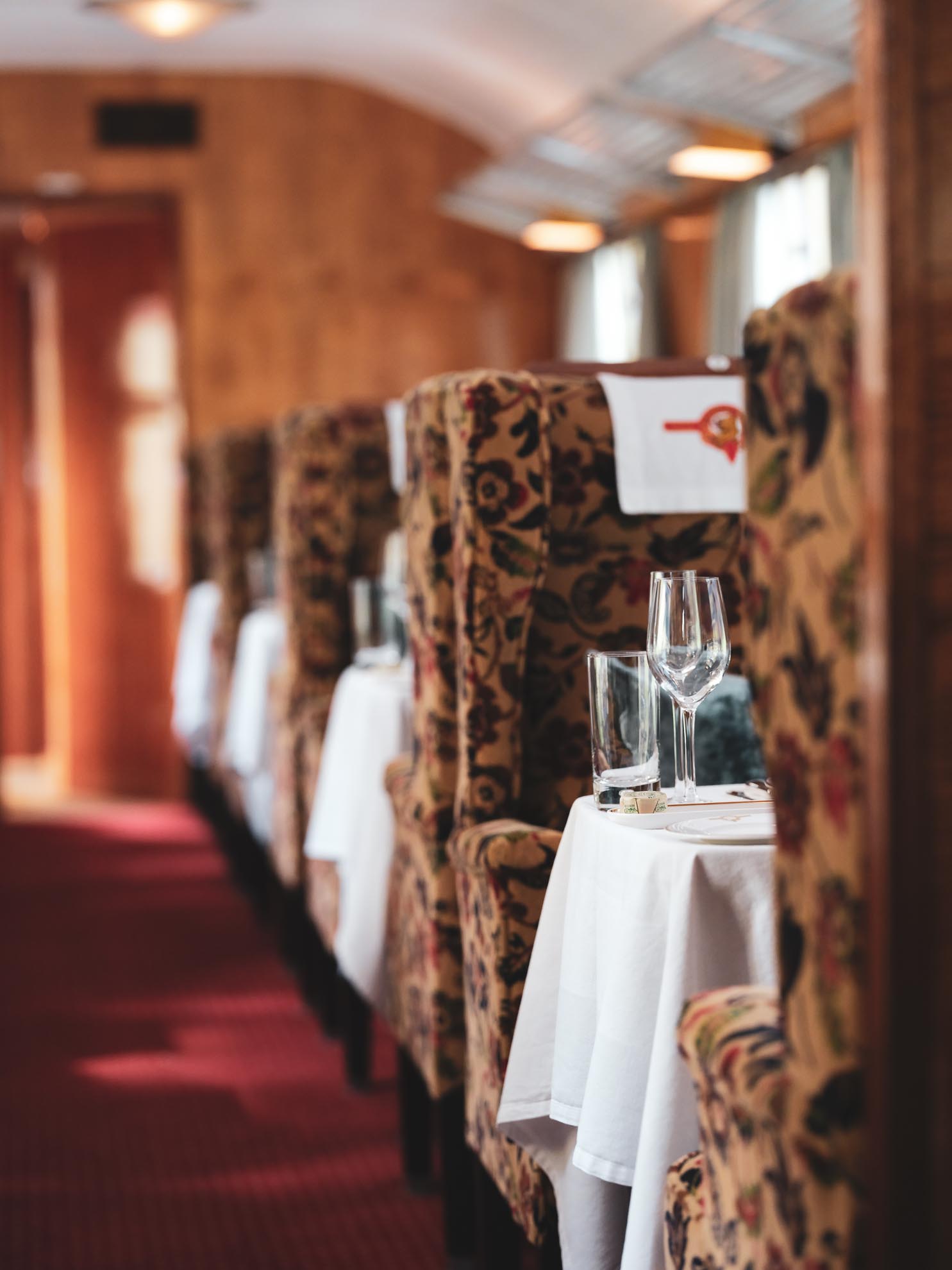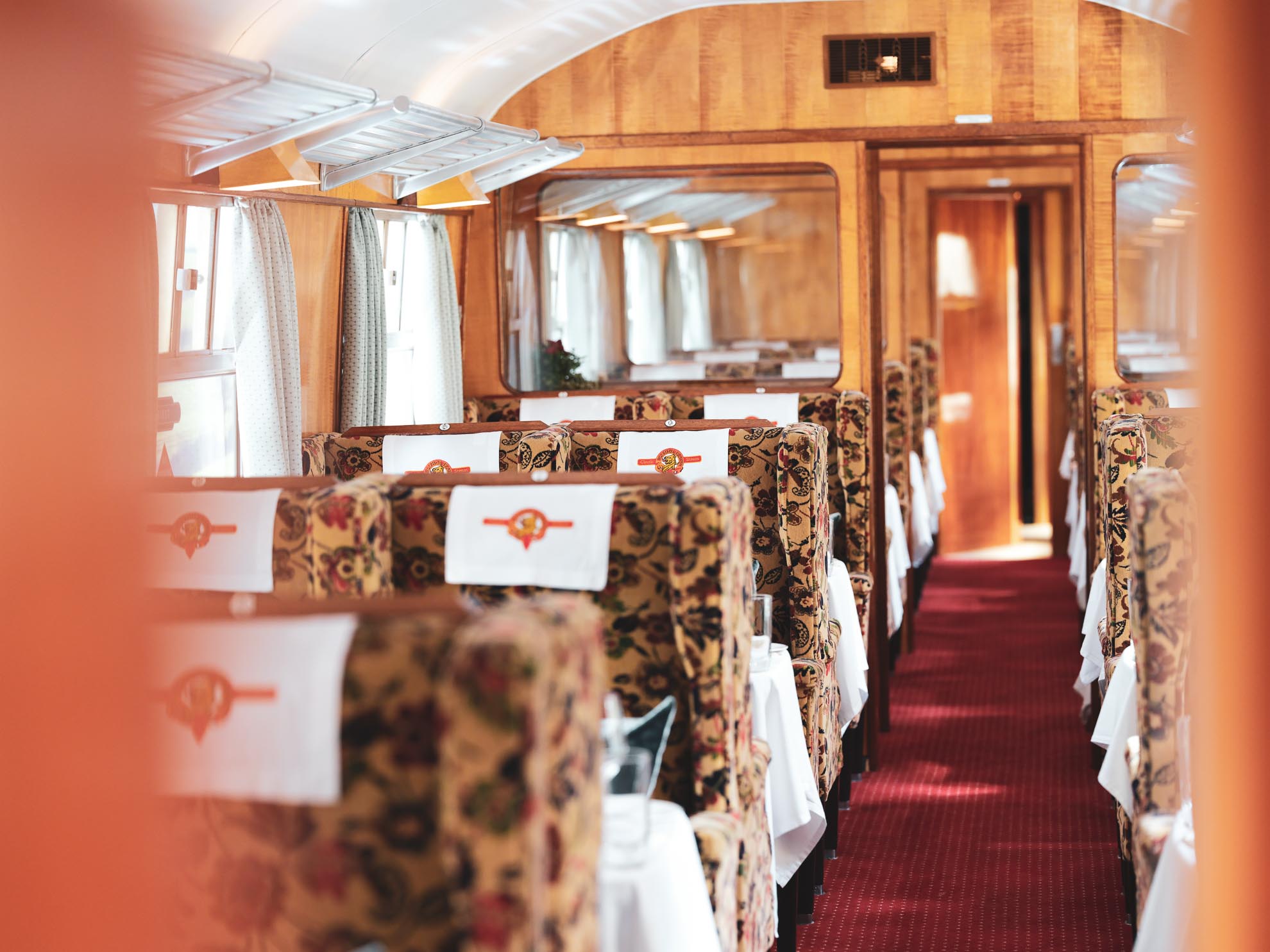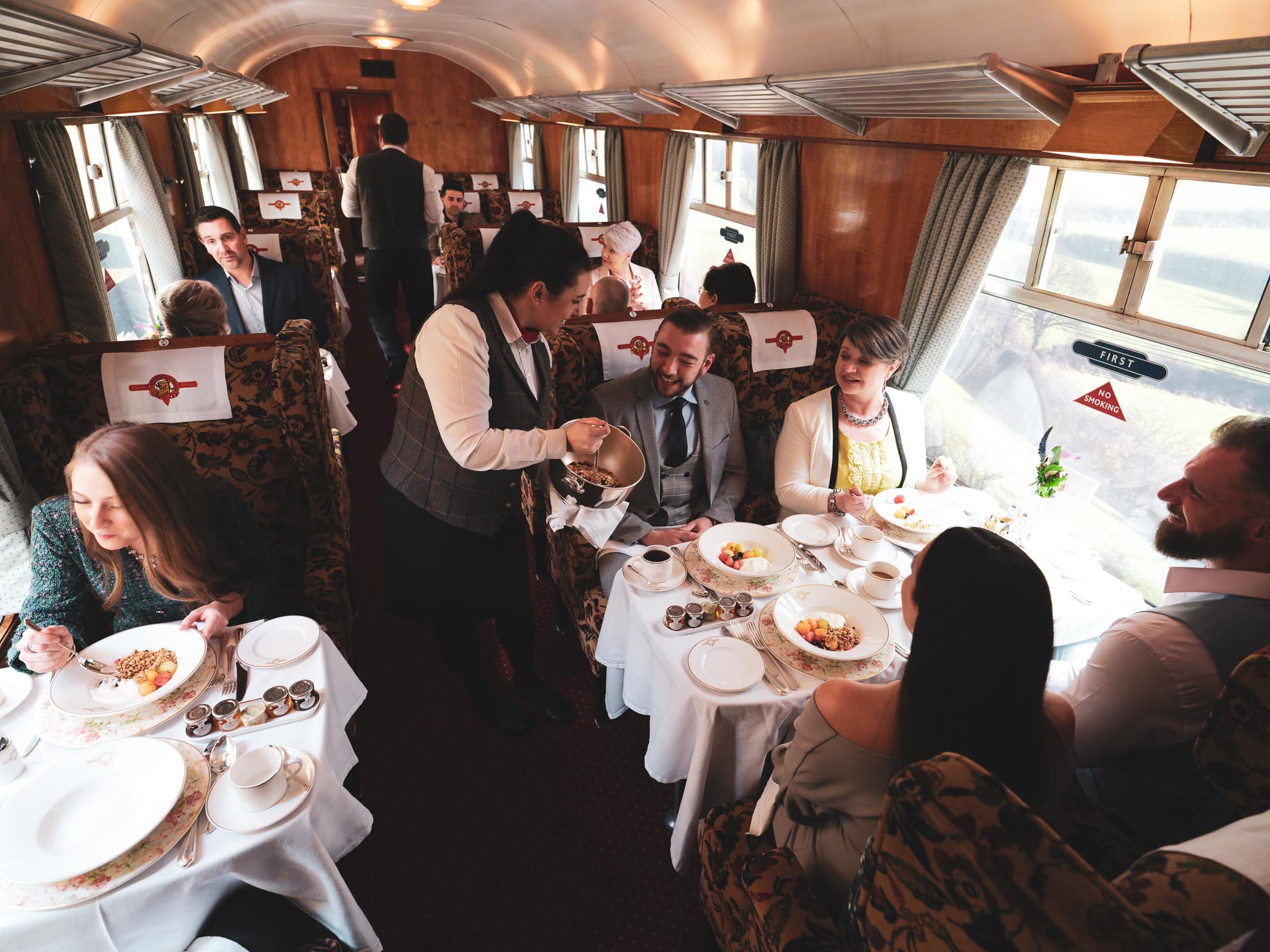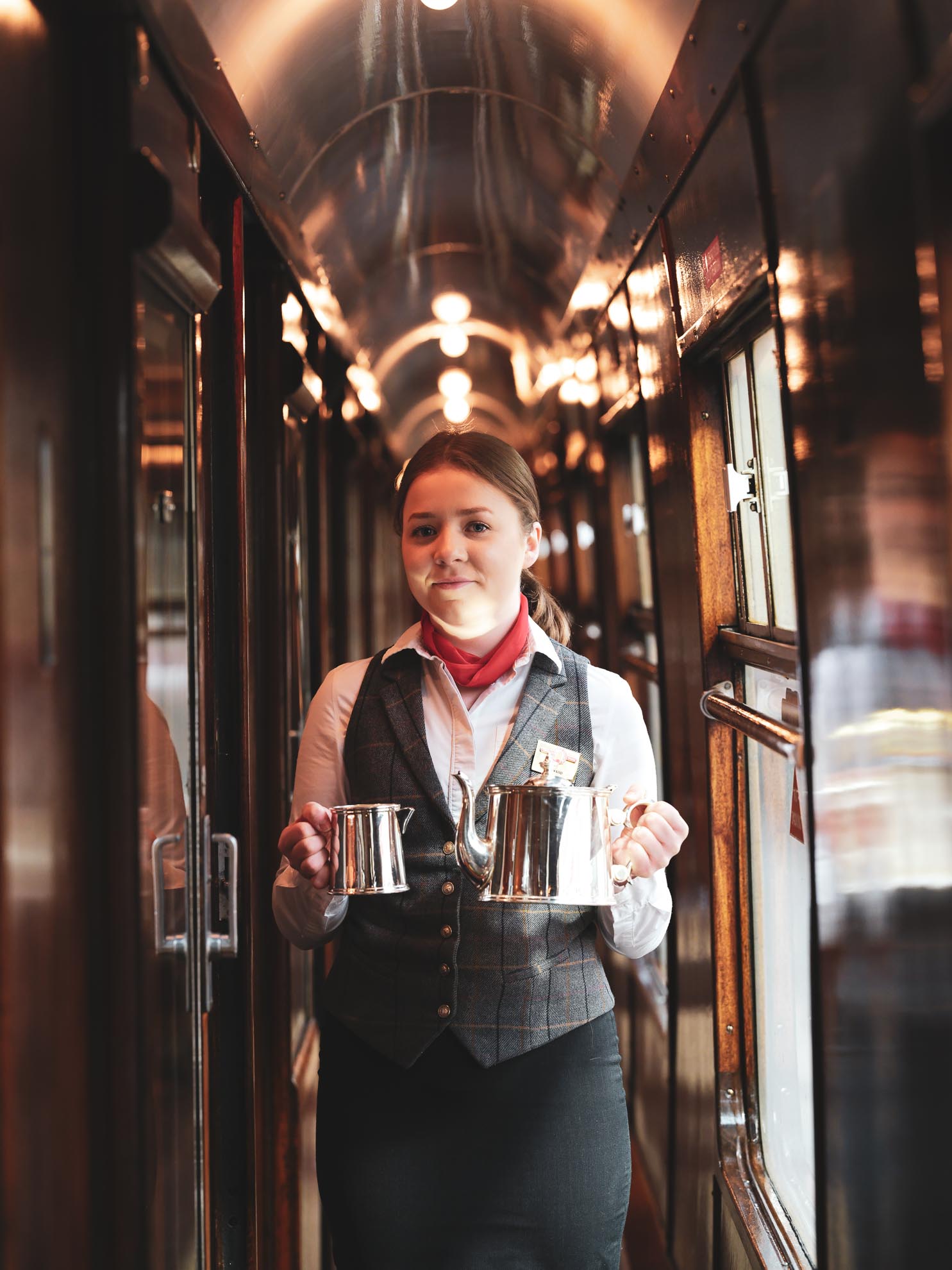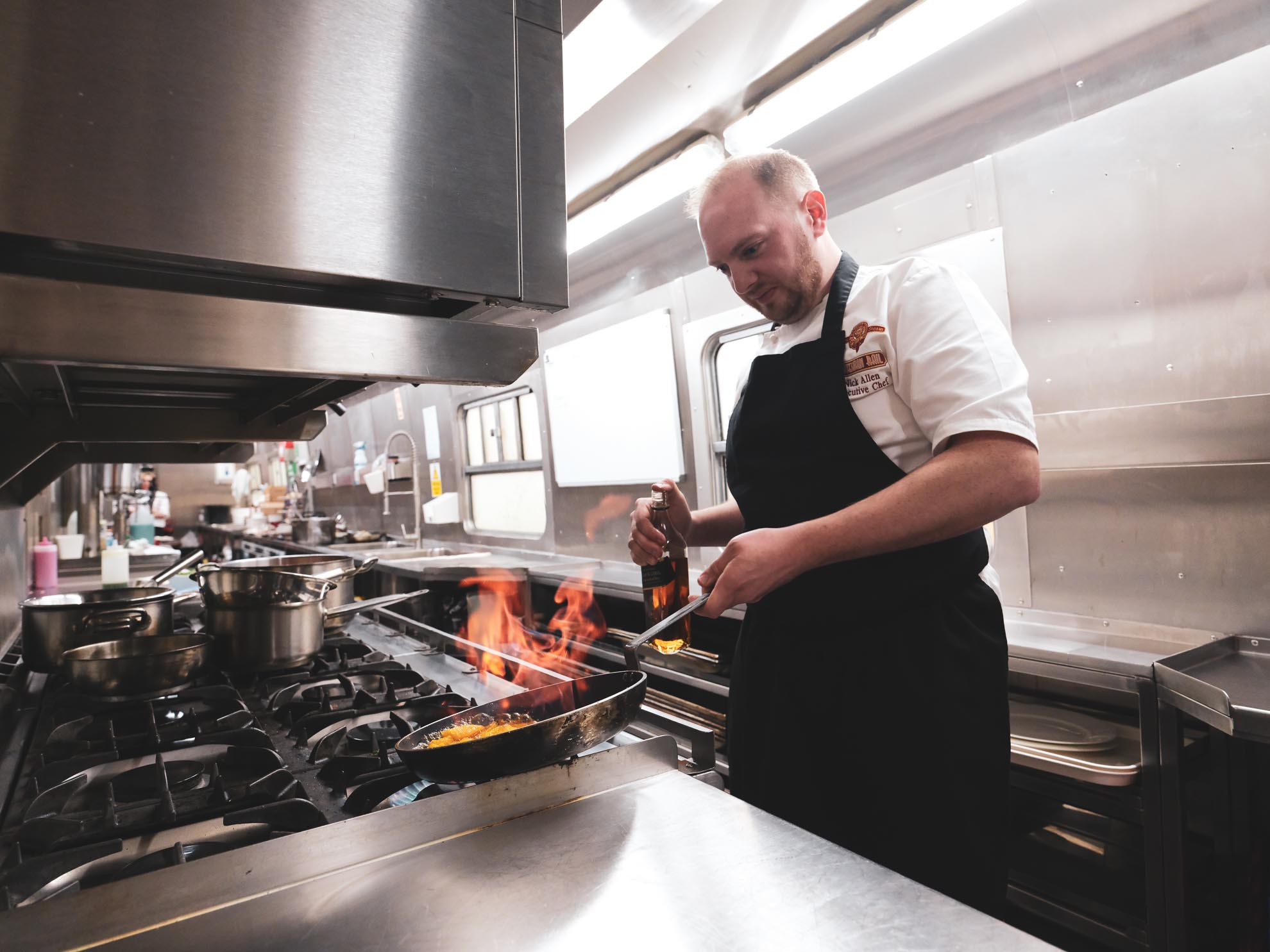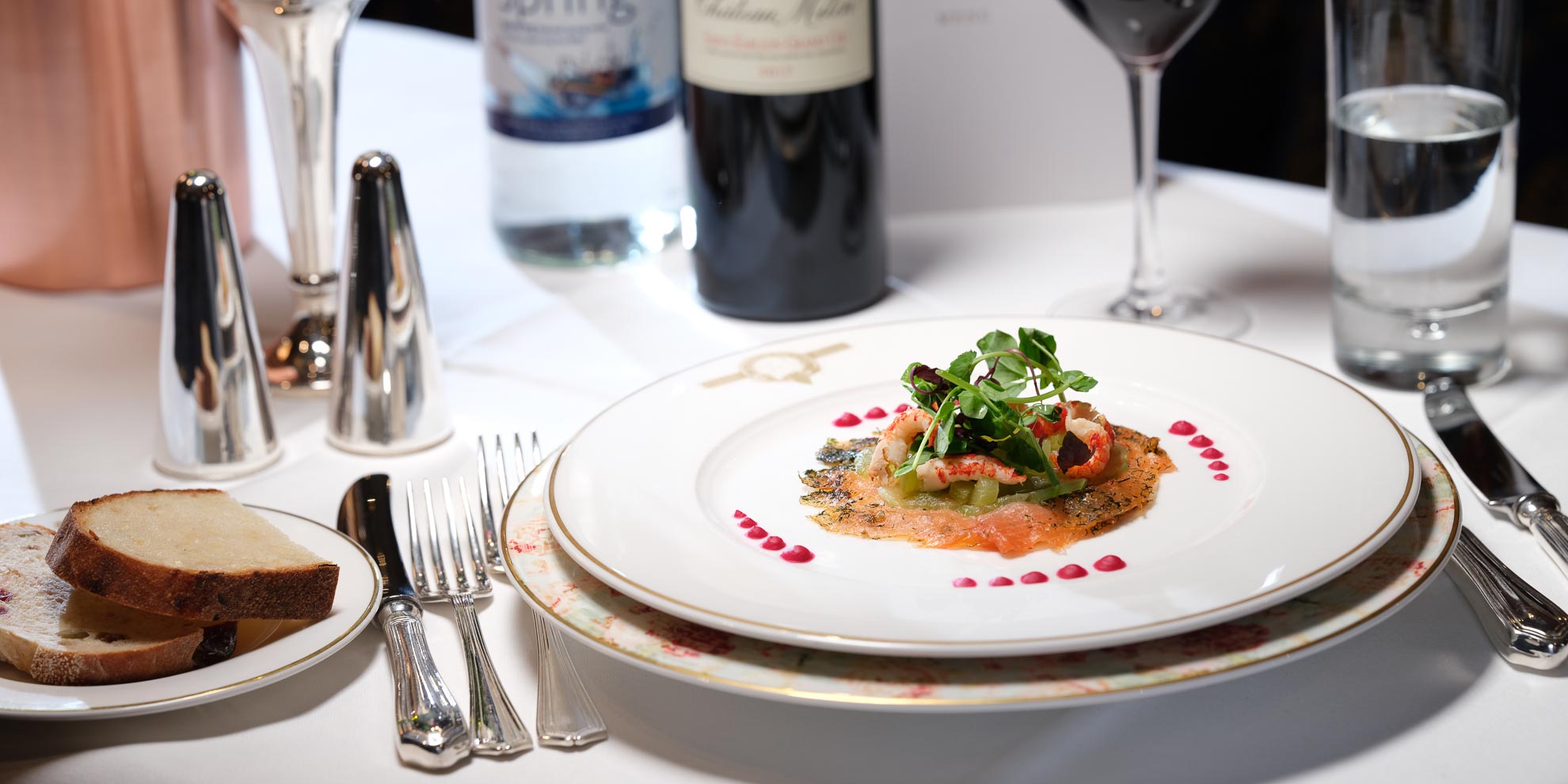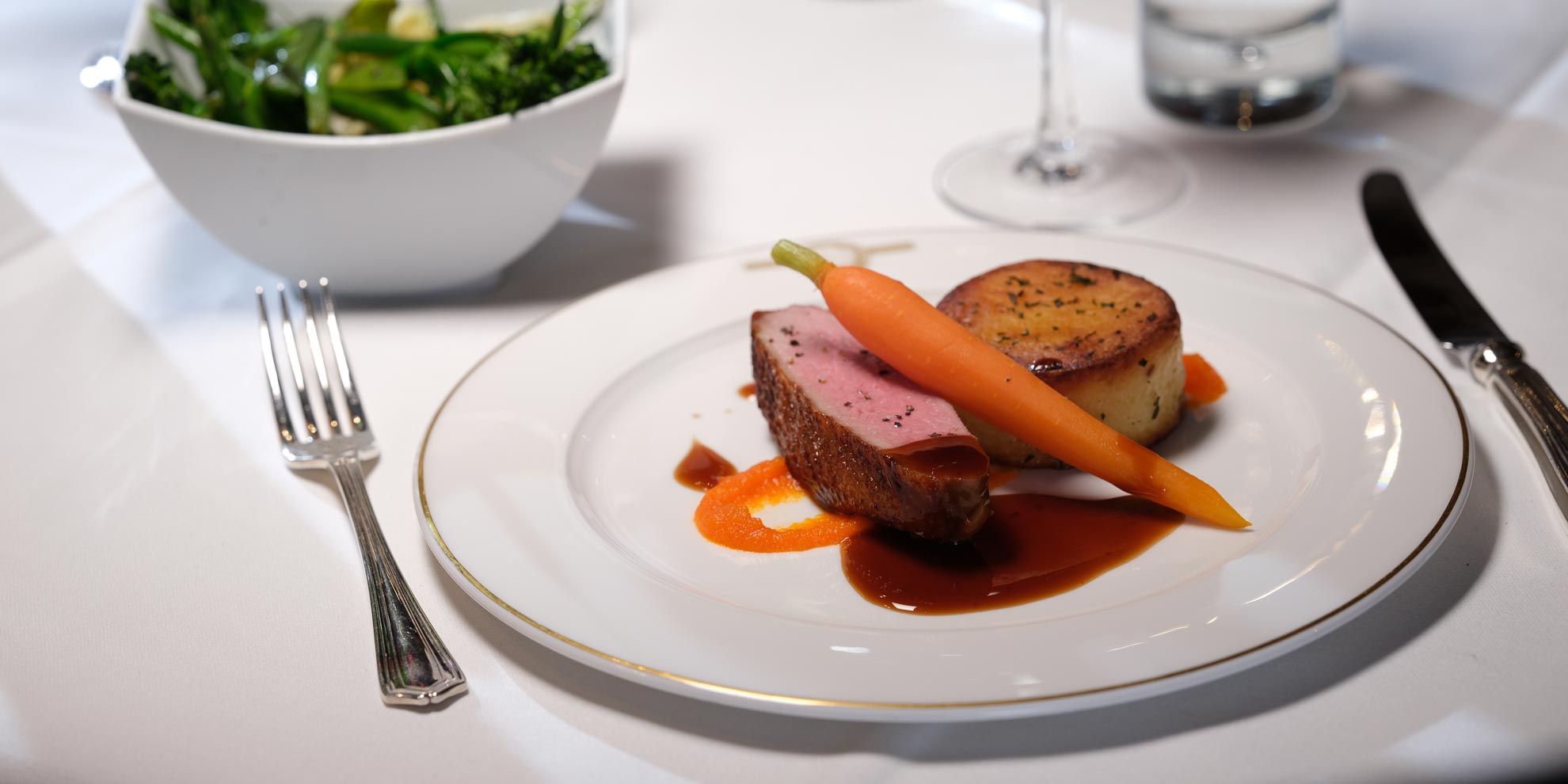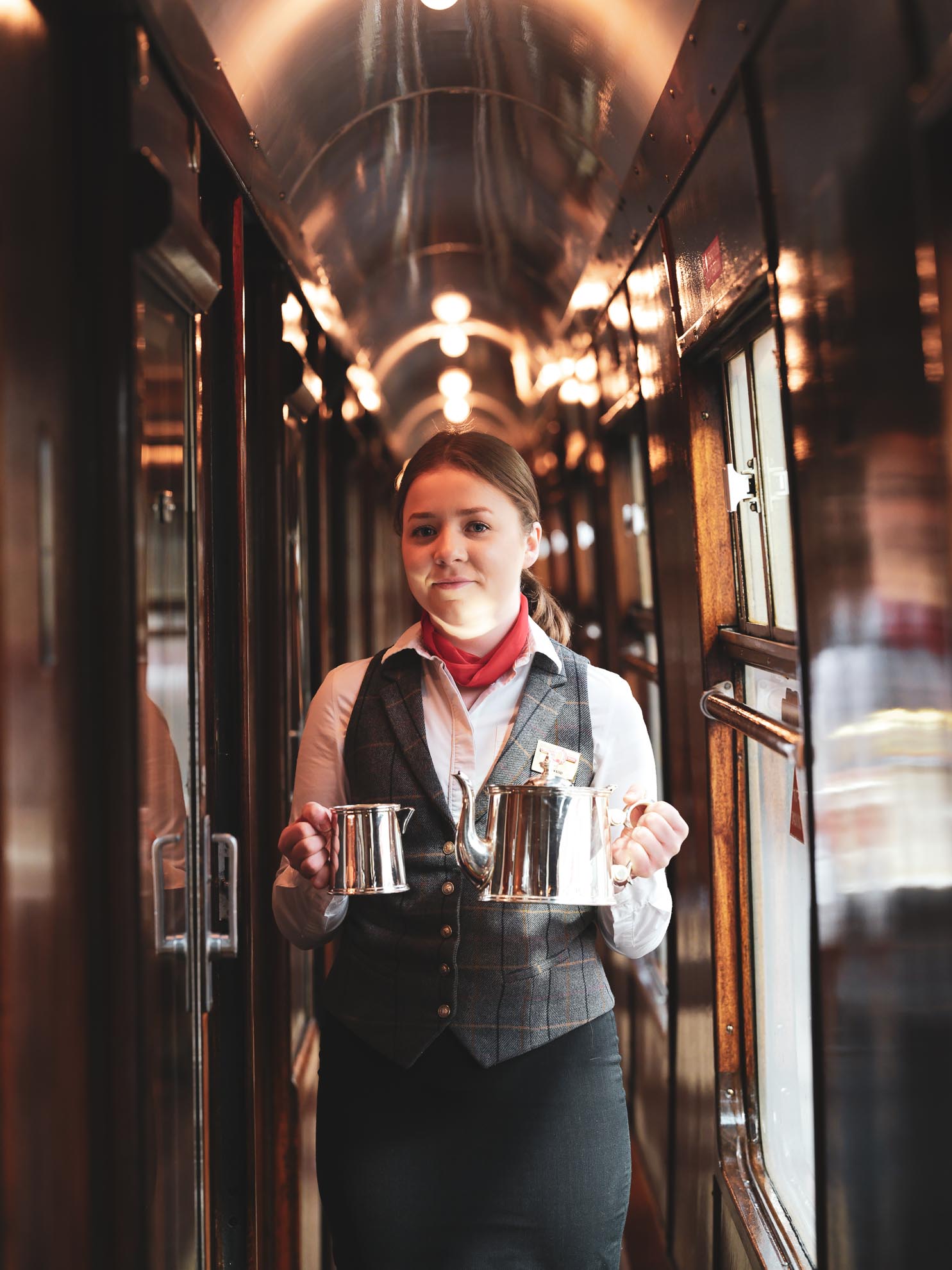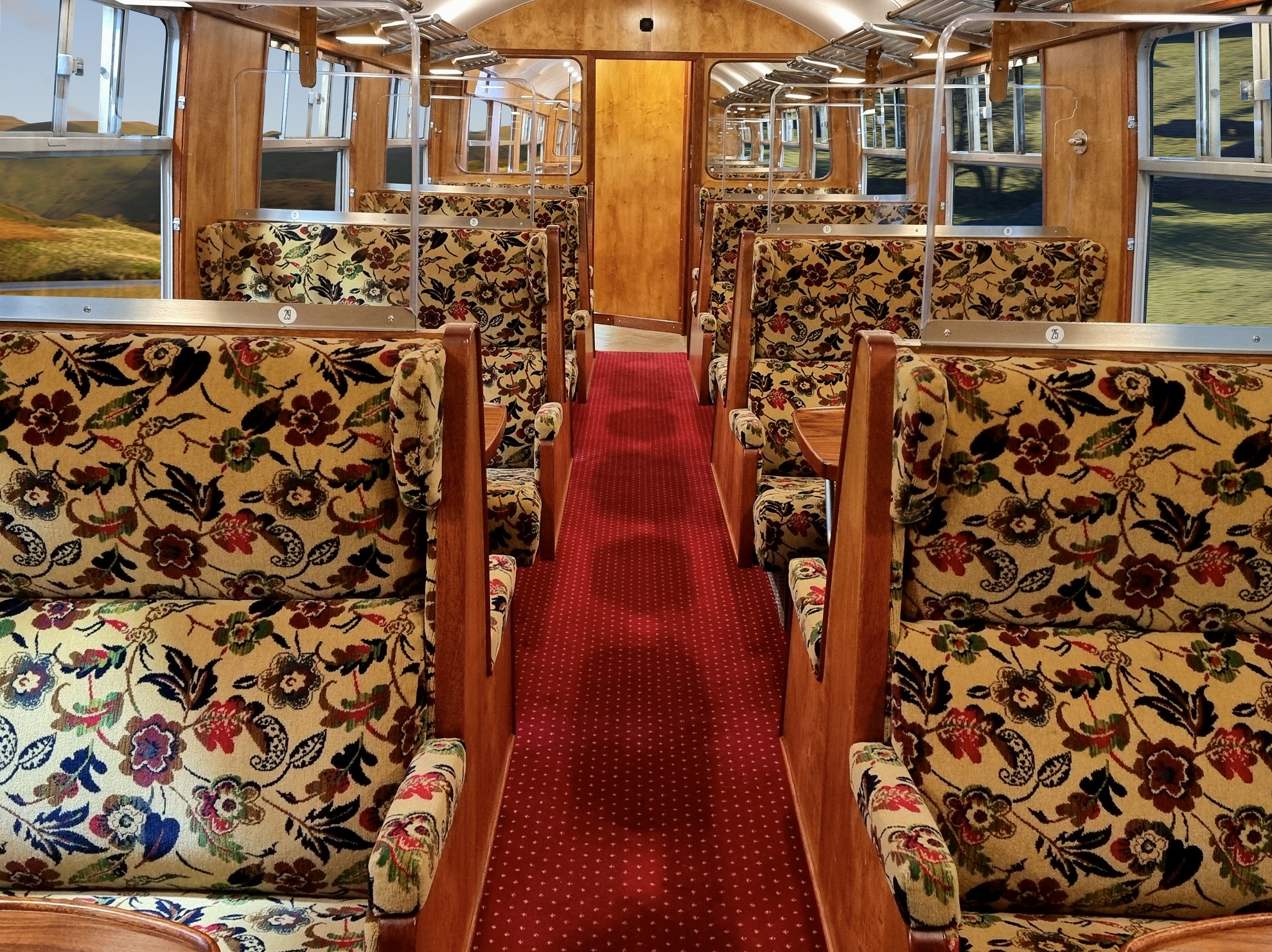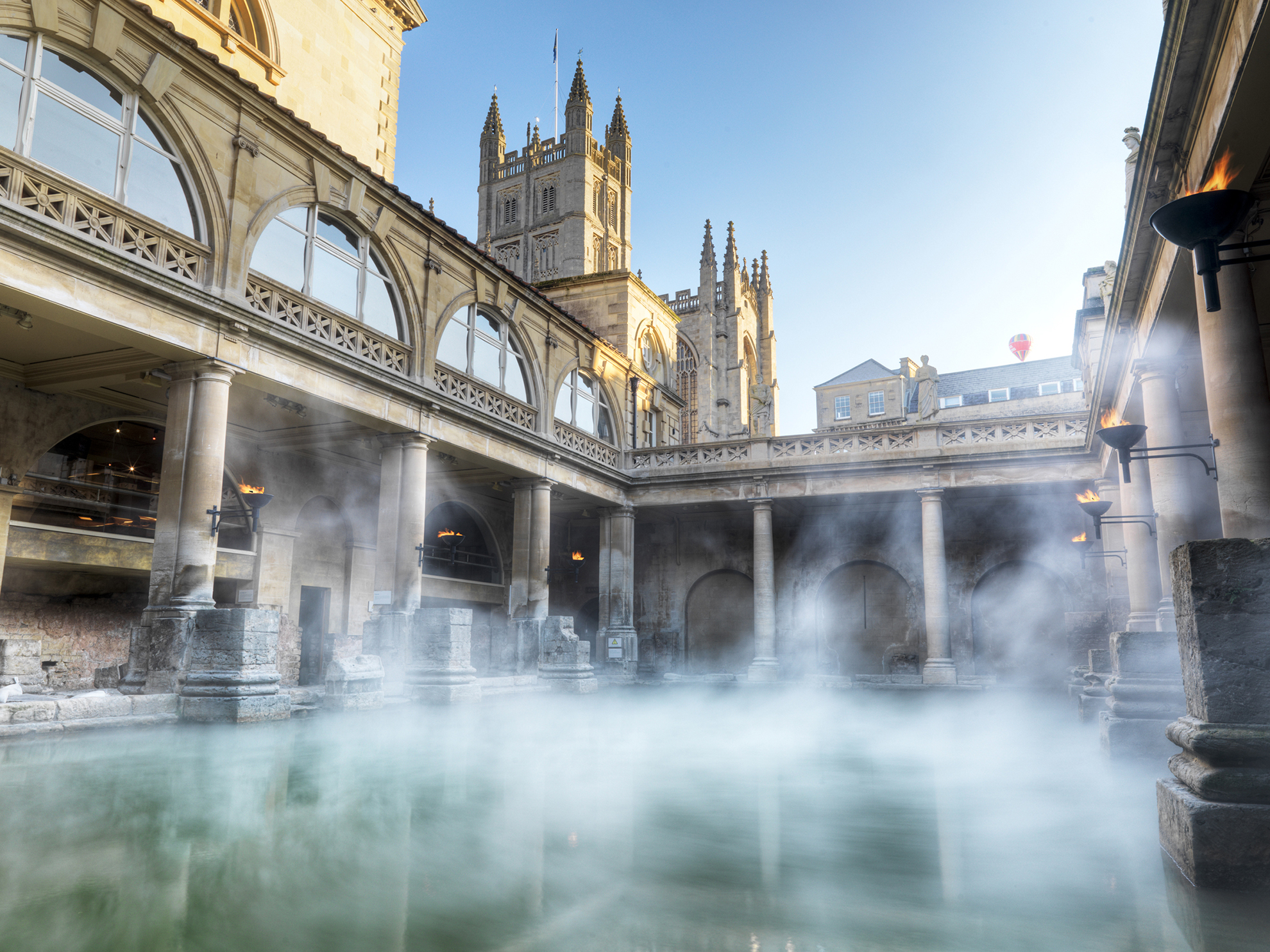
Sensational Destinations
Our excursions take you to some of Britain’s most fascinating places and travel through spectacular scenery. Choose from trips to heritage cities like Bath, York and Cardiff, or head for the country’s beautiful fells, moors and coasts. Wherever you go, you’ll arrive in style.
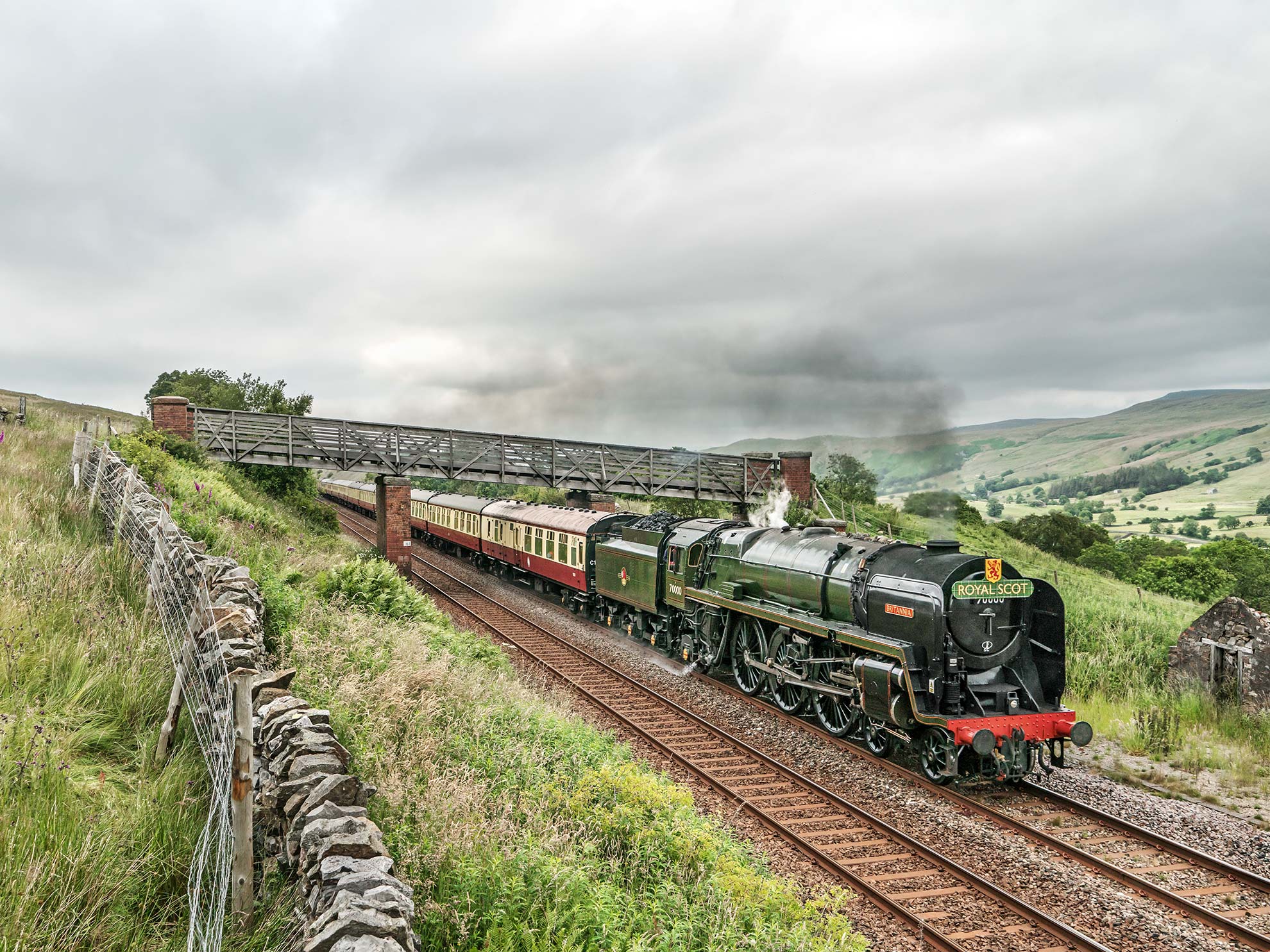
Historic locomotives
That hiss of steam, the guard’s whistle, the build-up of four-fold beats as the engine gets going… There is nothing like a journey by steam, with its unique sounds and smells. Our trains are hauled by meticulously maintained steam engines, including the iconic Britannia, BR’s first purpose-made locomotive.
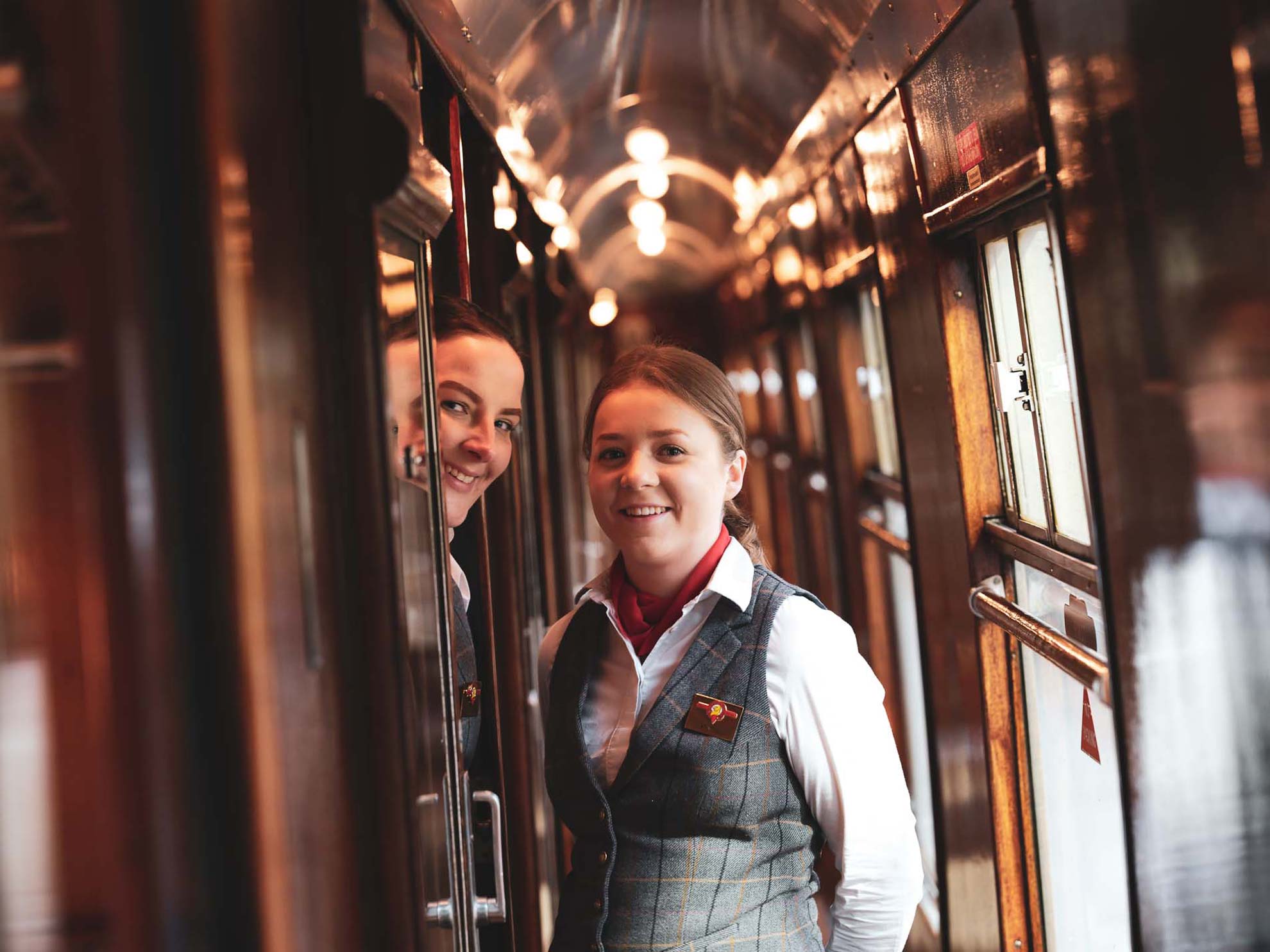
Unforgettable experiences
From the minute the steam-hauled train pulls into the station, you know you’re about to experience a truly remarkable day out. Enjoy every moment of your trip with Saphos Trains, where the journey is as incredible as the destination.
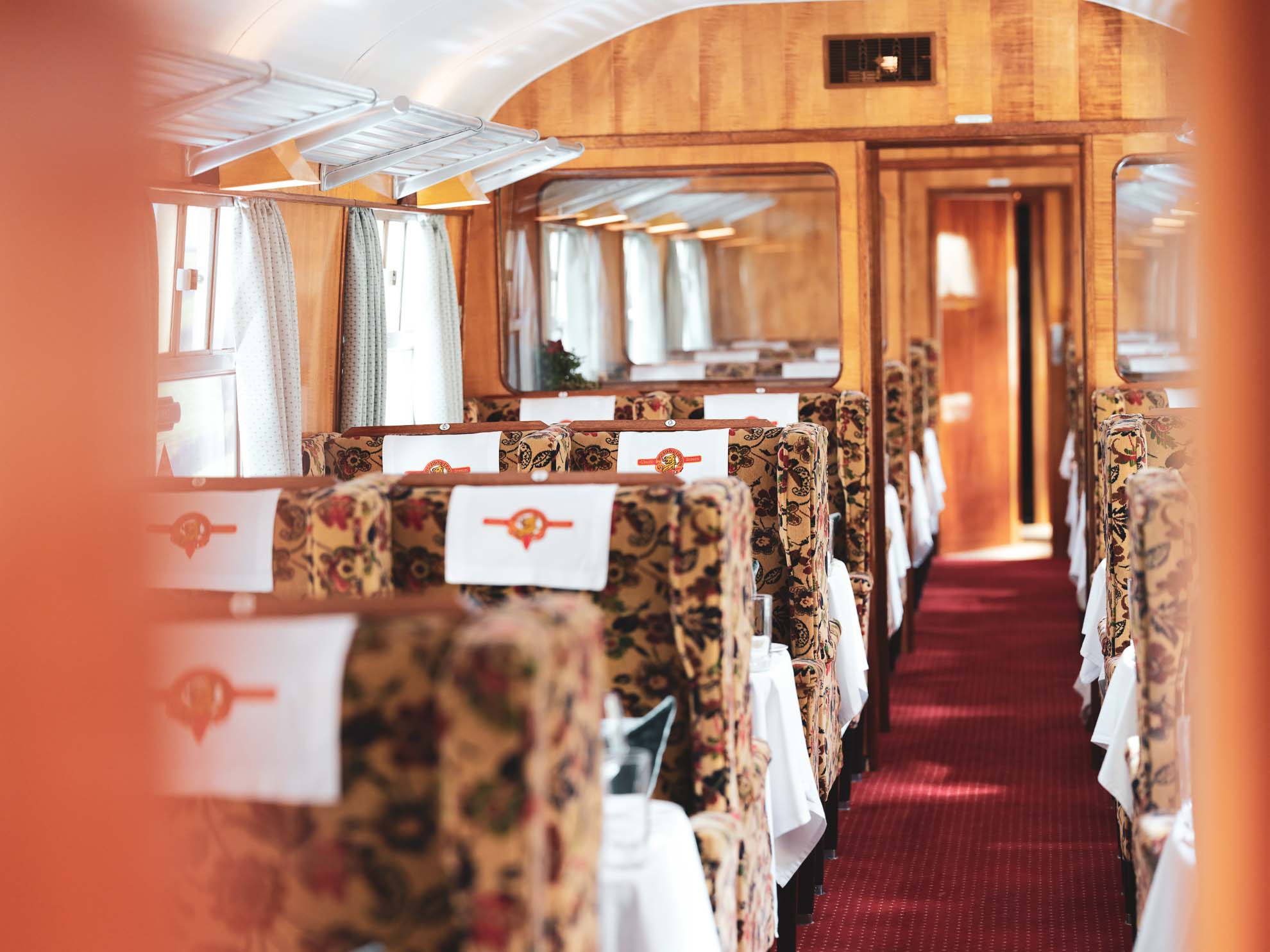
Beautifully restored carriages
Our fleet of refurbished carriages has been repainted in a classic cream and carmine livery. Inside, they’ve been painstakingly restored to vintage elegance and are supremely comfortable. Picture windows, plenty of leg room and cushioned seats: perfect for a day on the rails.

Dining in style
Take a seat in our Pullman Dining carriage, where nothing is too much trouble. Choose from our menu of regionally sourced produce, meticulously prepared on board, while sipping a glass of something chilled. Your liveried steward is on hand to ensure everything is just perfect.

And relax…
Watch the scenery calmly slip by as you travel along, enjoying your cup of tea or coffee, or even a glass of Champagne. Our journeys take you through some of Britain’s most beautiful landscapes, shown to their best advantage through our carriage’s picture windows. Relax and enjoy the ride.
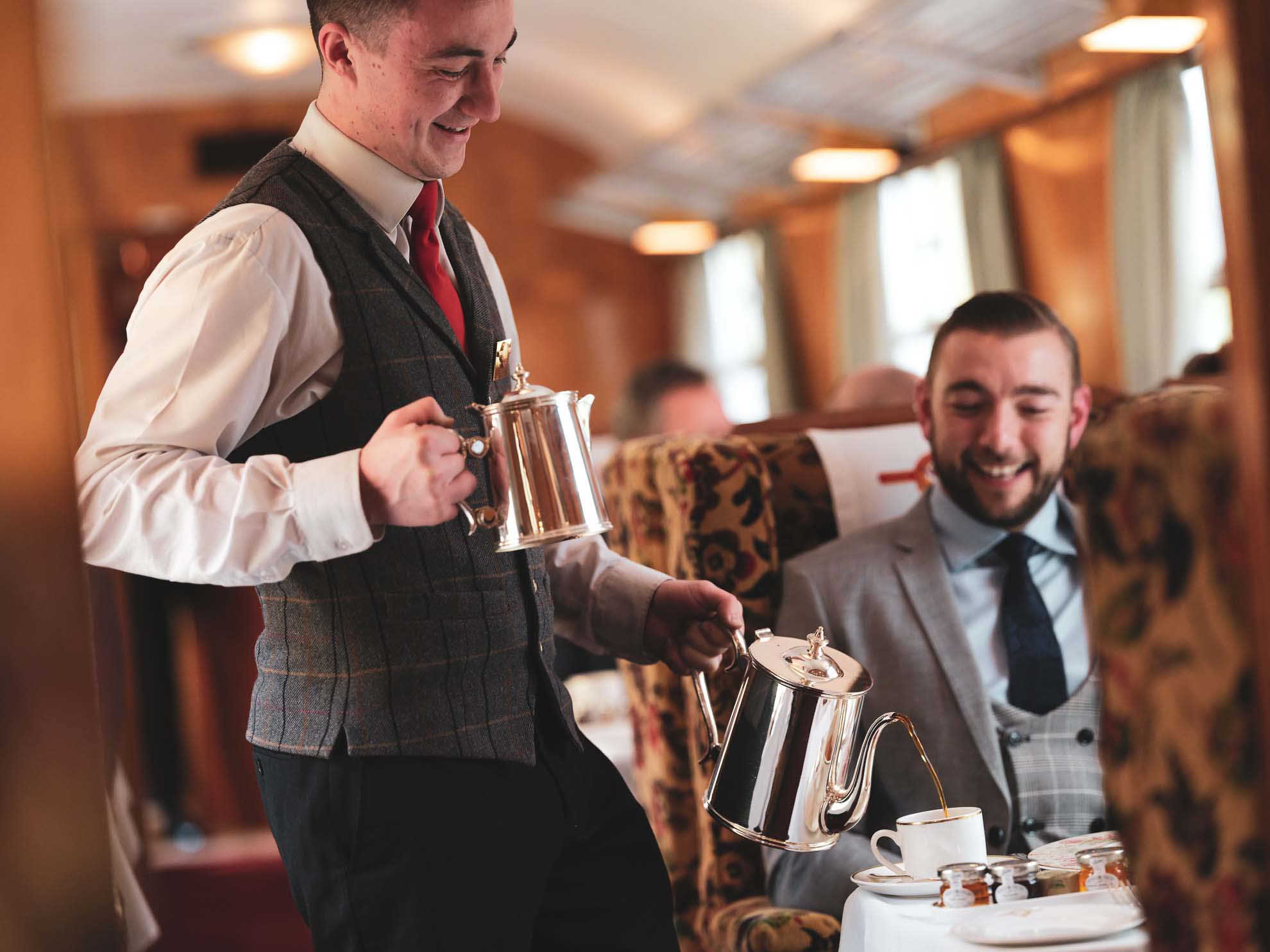
A golden age of travel
From the moment the carriage door is opened for you, you know you’re stepping back into another era. Welcome to the golden age of the railways, where service and style were as important as the destination. The pace of life slows down, as you sit back and let the world pass by…
Lovingly restored
Carriages
Our painstakingly restored carriages transport you back to the golden age of steam. Our Pullman Dining, First and Standard Class carriages all have comfortable, cushioned seats positioned around tables, with plenty of room to stretch out. Meticulous period details include wood panels and lamps in Pullman Dining, original windows, and of course, that stunning livery.
Travel back in time…
… to the days when railway travel was about comfort and luxury, as well as reaching a destination. All our restored carriages offer levels of comfort not normally experienced on a train journey, combined with superb service and our signature attention to detail. Settle back into your cushioned seat, order or collect a drink and delicious refreshments, and prepare to be looked after by our attentive crew.
Immaculately restored carriages
Our beautiful rolling stock has been expertly refurbished to exceptionally high standards. The smart cream and carmine livery is chosen to reflect classic railway colours, while inside, we have sought to recreate the elegance of vintage carriages. Our Pullman Dining carriages have wood panelling, neat little table lamps and perfectly set tables, and in true traditional railway style, everything is labelled with our Saphos Trains insignia.
CLASSES OF TRAVEL
PULLMAN DINING
The opulent elegance of Pullman Dining or the vintage style of First Class? How about the welcoming comfort of Standard? There’s a Saphos Trains carriage to suit every passenger.
PULLMAN DINING EXPERIENCE
The finest food and luxurious surroundings come together to create a memorable dining experience. Your dedicated steward will make sure your glasses are filled, while you take the time to enjoy reading our delectable menu. Arrive at your destination having enjoyed your magnificent English breakfast and look forward to a sumptuous dinner on your return. We’ll make sure that every meal in Pullman Dining exceeds your expectations.


LOCALLY SOURCED PRODUCE
The menus are inspired by the beautiful landscapes we travel through. Our Executive Chef sources ingredients from all over the country, then creates menus that complement your journey. Look forward to fresh fish in the South West, or succulent meats in Wales. Your steward will also hand you the drinks menu, which includes a selection of the finest British wines.
ALL DAY MENU
There’s plenty of opportunity to enjoy your food on a Saphos Trains excursion. A typical day out starts with a full English, Welsh or Scottish breakfast depending on your route, with a fantastic choice of your favourite elements. Later in the morning, your steward will offer tea, coffee and biscuits. On the return journey, you can look forward to our renowned dinner service, created by our Executive Chef and served by your liveried steward.

CLASSES OF TRAVEL
FIRST CLASS
Take your seat, relax and admire the ever-changing views, as you enjoy the ride in your comfortable First Class carriage.
Relax in First Class comfort
As your steam engine pulls you along at her leisurely pace, sit back and enjoy the time to unwind. Our First Class carriages are designed for your comfort, with cushioned seats set around tables. Watch the world go by through the picture window as your steward brings you tea, coffee and biscuits, or take a trip to the buffet bar for tempting extra supplies…
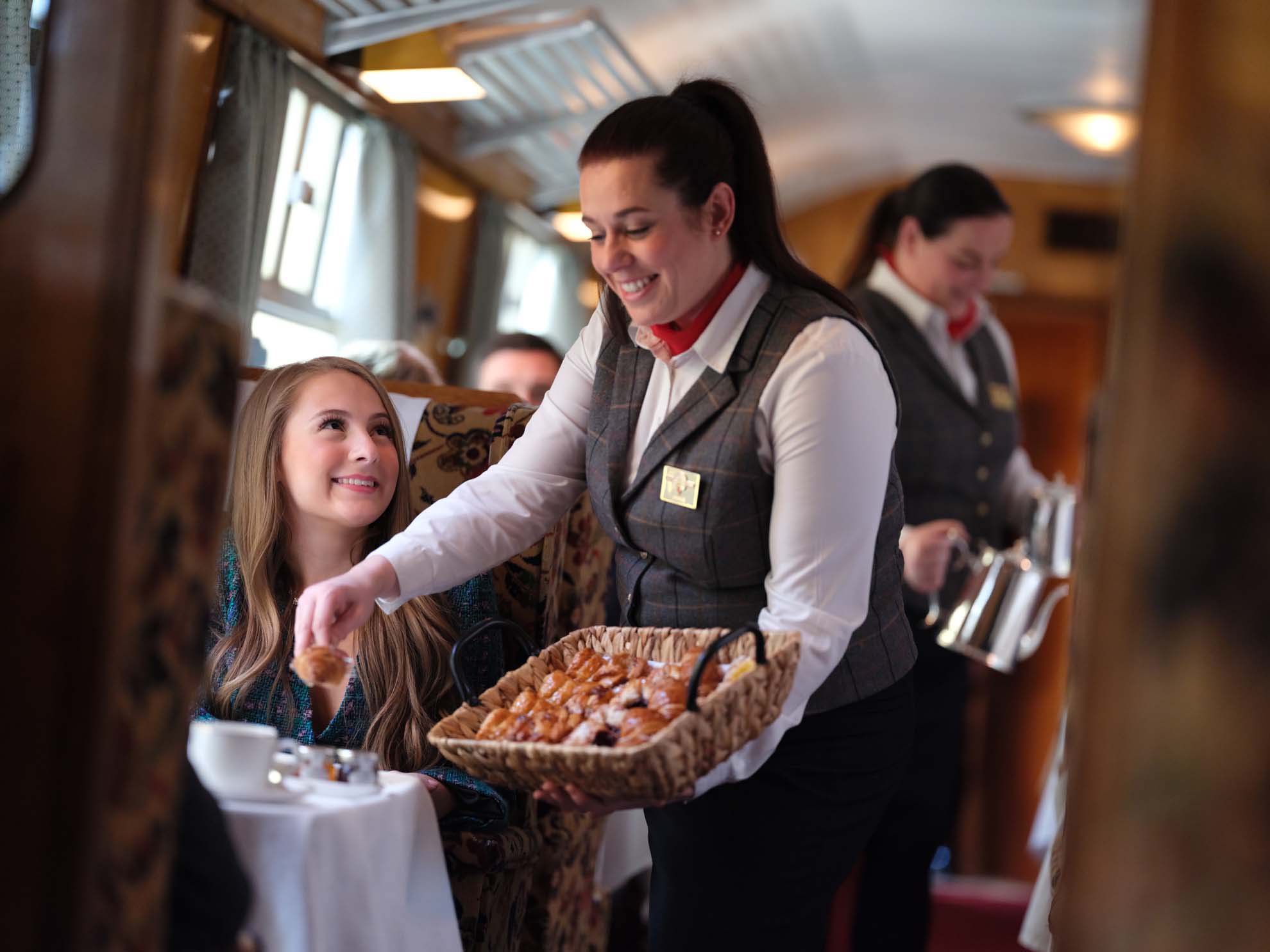

Visit the bar and buffet car
Treat yourself to a freshly prepared sandwich and a glass of something chilled from the buffet bar. It’s open during most of the journey, and serves light snacks, hot and cold drinks, and a selection of wines, beers and spirits. You don’t have to be in Premier Dining to enjoy good food and drink on a Saphos Trains journey.
CLASSES OF TRAVEL
STANDARD CLASS
Enjoy the steam experience from our welcoming Standard Class carriages. A seat in a vintage carriage hauled by a classic engine is a wonderful way to make your excursion even more special.
A day to remember
Travelling by steam is always special, and our well-appointed Standard Class carriages are perfect for days out with family and friends. All our reserved seating is arranged around tables for four, with plenty of leg room for all. Enjoy the scenery along the route, and don’t forget to treat yourself to something from the buffet…
BAR AND BUFFET CARS
Pay a visit to our buffet bar during your travels. It’s open during most of the journey, serving light snacks such as sandwiches as well as tea, coffee and cold drinks. Of course, you can always celebrate your day out with a glass of wine, a cold beer, or one of our selection of spirits. Enjoy your refreshments from the comfort of your table as the train calmly chugs along.


